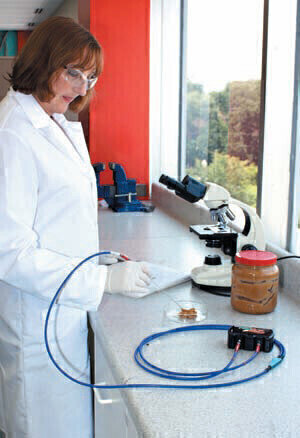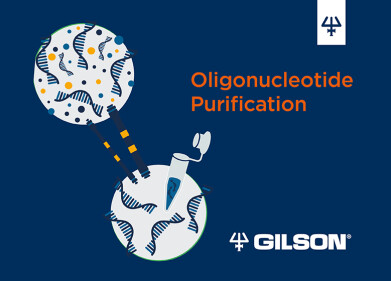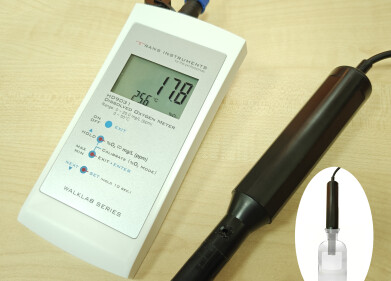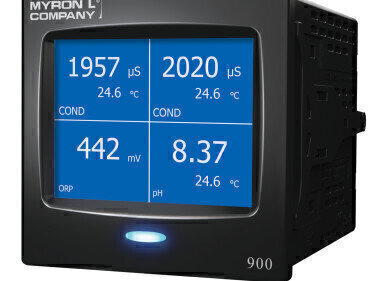Laboratory Products
Novel Fibre Optic Chemical Sensors Provide Real-Time Non-Intrusive Monitoring
Feb 11 2012
Advances in high-performance sensor materials and optoelectronics have enabled novel optical sensors for use in applications in life sciences, pharmaceuticals, biotechnology, food and beverage processing and more. Compared with traditional electrochemical sensing techniques such as galvanic sensors, Ocean Optics optical sensors can be made in small and customisable form factors, allow non-intrusive measurements and do not consume the sample.
Ocean Optics’ optical O2 and pH sensors are designed for accurate, real-time, in situ measurements in various media. The proprietary sensor coating materials do not consume the sample and can be applied to substrates such as probes, self-adhesive acrylic patches and microtiter wells. Coating options are available for general lab use, food processing lines and hydrocarbon-rich environments. Depending on the application, oxygen presence or pH can be visually determined by colour change with a handheld LED, or a fluorometer can be used to make exact measurements.
The principle of operation is to trap an oxygen-sensitive fluorophore or pH indicator dye in a sol-gel host matrix that can be applied to the tip of a fibre, an adhesive membrane such as a patch or a flat substrate such as a cuvette. The indicator materials change optical properties in response to specific analytes in their immediate environment and electronics then measure the response. For oxygen, the NeoFox Phase Fluorometer measures the partial pressure of dissolved or gaseous oxygen; for pH, a miniature fibre optic spectrometer measures the colorimetric (absorbance) response of the pH dye.
Ocean Optics optical oxygen and pH patches overcome the limitations of electrochemical-based oxygen and pH sensing. Such patches can be integrated easily within a small-scale biosystem such as a bioflask used for fermentation and provide continuous, non-intrusive monitoring of key system parameters. The ability to monitor dissolved oxygen and pH in real time without perturbing a sealed environment can lead to an improved understanding of the processes in the bioreactor and help to facilitate the development of new biological products and fermentation processes.
Digital Edition
Lab Asia 31.2 April 2024
April 2024
In This Edition Chromatography Articles - Approaches to troubleshooting an SPE method for the analysis of oligonucleotides (pt i) - High-precision liquid flow processes demand full fluidic c...
View all digital editions
Events
May 14 2024 Oklahoma City, OK, USA
May 15 2024 Birmingham, UK
May 21 2024 Lagos, Nigeria
May 22 2024 Basel, Switzerland
Scientific Laboratory Show & Conference 2024
May 22 2024 Nottingham, UK






.jpg)











